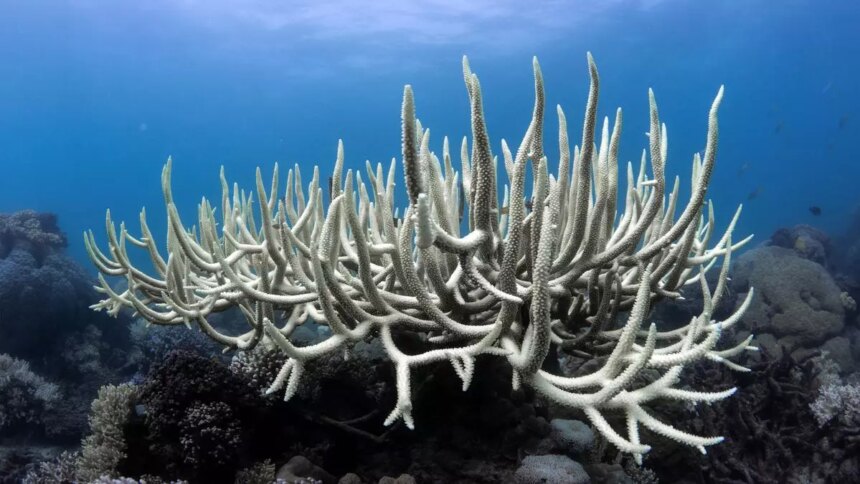Global warming is taking a toll on the beautiful coral reefs of Lakshadweep, with reports indicating a significant amount of coral bleaching on three of its islands – Kadmat, Kavaratti, and Kilthan. The bleaching is a result of the Fourth Global Coral Bleaching Event (GCBE4), which started in 2023. This is a distressing development, considering that some of the corals were showing signs of recovery after the previous bleaching event in 2010.
Coral bleaching occurs when corals expel the algae living in their tissues, causing them to turn white. This phenomenon is primarily driven by rising sea surface temperatures and ocean acidity, both of which are consequences of global warming. While bleached corals are not necessarily dead, they require a significant amount of time to recover – around 6-7 years of undisturbed conditions.
The International Coral Reef Initiative (ICRI) has highlighted the urgency of addressing this global event, emphasizing the need for immediate action to protect coral reefs. The recent 16th Conference of Parties to the Convention on Biological Diversity (CBD COP16) expressed deep concern over the increasing frequency of mass coral bleaching and the potential irreversible loss of coral reefs.
The Global Coral Reef Monitoring Network (GCRMN) has been monitoring the status of coral reefs worldwide, with a focus on documenting large-scale bleaching events. The network’s 2021 report highlighted the devastating impact of past bleaching events, such as the 1998 event which resulted in the death of 8% of the world’s corals.
As efforts continue to address the ongoing coral bleaching crisis, it is crucial for stakeholders to collaborate and share data to better understand and mitigate the impacts of global warming on coral reefs. The upcoming GCRMN status report, scheduled for release in 2026, will provide further insights into the current state of coral reefs and the urgent need for conservation efforts to protect these vital ecosystems.










